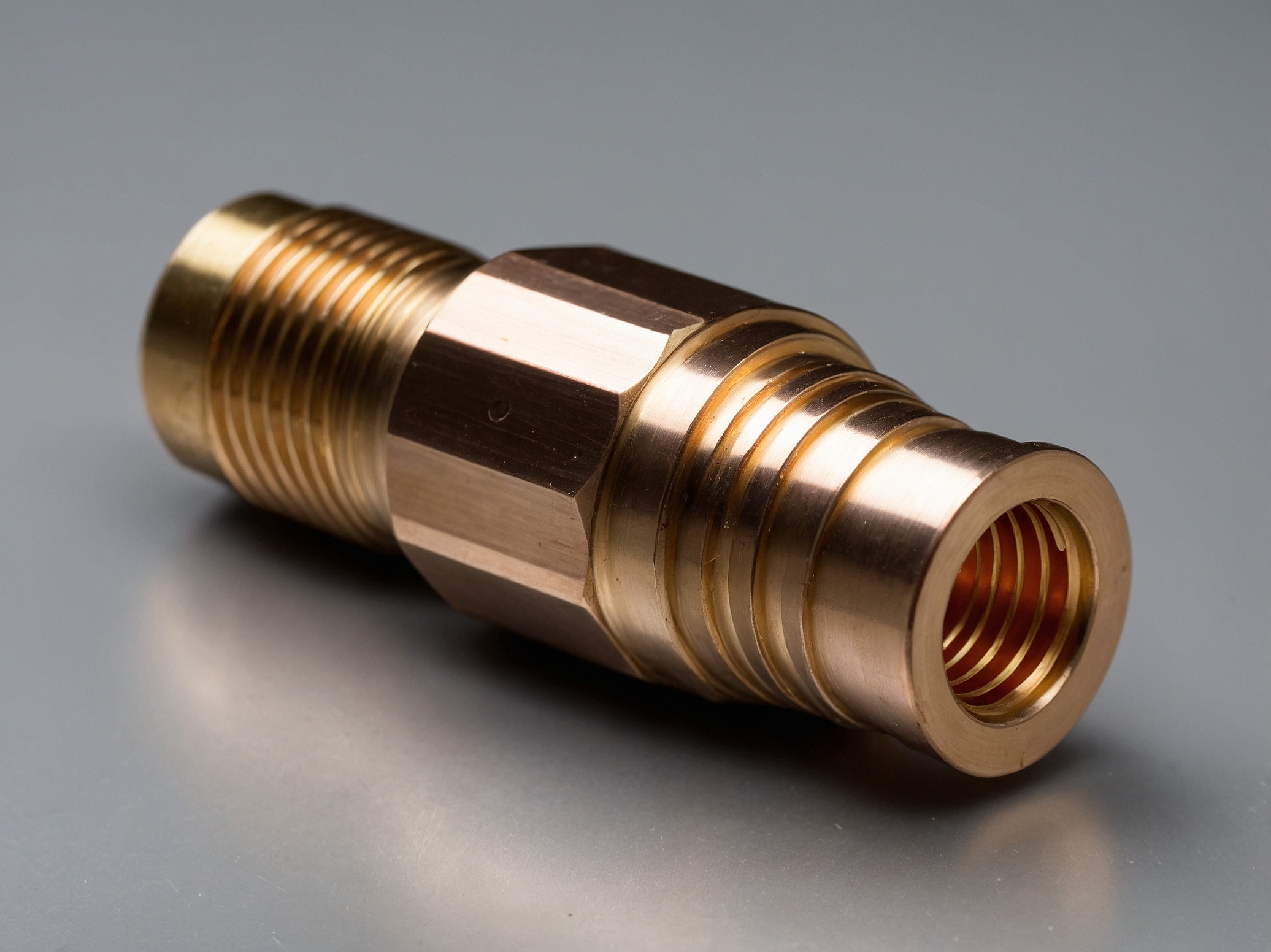Machining Technology of C17200 Precipitation-Hardened Beryllium Copper Alloy
Summary
This article presents the machining techniques for C17200 precipitation-hardened beryllium copper alloy. It covers machining characteristics, cutting tool selection, tool geometry, machining parameters, coolant selection, as well as milling and drilling practices. Drawing from years of processing experience, the methods described have enabled the successful application of C17200 in demanding environments such as oilfield logging tools.

1. Material Overview
C17200 is a Cu-Be alloy that, after solution and aging treatment, exhibits:
High hardness (38–44 HRC), strength, and fatigue limit
Good corrosion resistance, electrical conductivity, and non-magnetic behavior
Excellent performance in extreme environments (low/high temperature, high pressure, acidic media)
It is especially suitable for components in oilfield logging instruments.
2. Machining Characteristics of C17200
Work Hardening: Rapid hardening during cutting; hardened layer ≥ 0.007 mm
High Cutting Force: Due to elevated strength and hardness
Low Modulus of Elasticity: About 128 GPa, prone to deflection
Severe Tool Wear: Caused by oxide film, high cutting temperature, and plastic deformation
3. Cutting Tool Selection
Preferred Tool Material: Cemented carbide (e.g., YG6, YG8)
Avoid: YT series tools due to affinity and adhesion wear
HSS tools: Usable but inferior in thermal resistance and wear life compared to carbide
4. Recommended Tool Geometry
Edge Shape: Rounded edge, radius rε = 0.1–0.8 mm
Chamfering: Negative chamfer γo1 = –10° to –5°, width bγ1 = 0.3–0.8 × f
Chipbreaker: Arc-shaped grooves, radius Rn = 2–7 × f
Rake Angle (γo): 5°–10°
Relief Angle (αo): 6°–8°
Lead and Secondary Angles (κr/κ’r): 45°–75° and 5°–10°
Inclination Angle (λs): –10° to –5° (roughing); 0° (finishing)
5. Machining Parameters
Cutting Speed (vc): 100–200 m/min
Depth of Cut (ap): 0.05–3 mm
Feed Rate (f): 0.1–0.15 mm/rev
6. Coolant and Lubrication
Coolant Type:
Avoid: Emulsions with sulfur (may stain surface)
Recommended: Mineral oil + 3–7% lard — good lubrication, acceptable cooling
Main Function: Reduce cutting temperature, prolong tool life
7. Milling C17200
Tool Choice: Cemented carbide end mills preferred
Method: Asymmetric climb milling reduces friction and vibration
Coolant Use: Helps reduce surface roughness and tool wear
8. Drilling C17200
Tool: HSS twist drill, helix angle 29°, point angle 118°, chisel angle 12°
Technique:
Use cutting fluid continuously
Maintain stable cutting speed and feed
Prevent chip buildup and surface scratching
Avoid bottom hardening of holes
